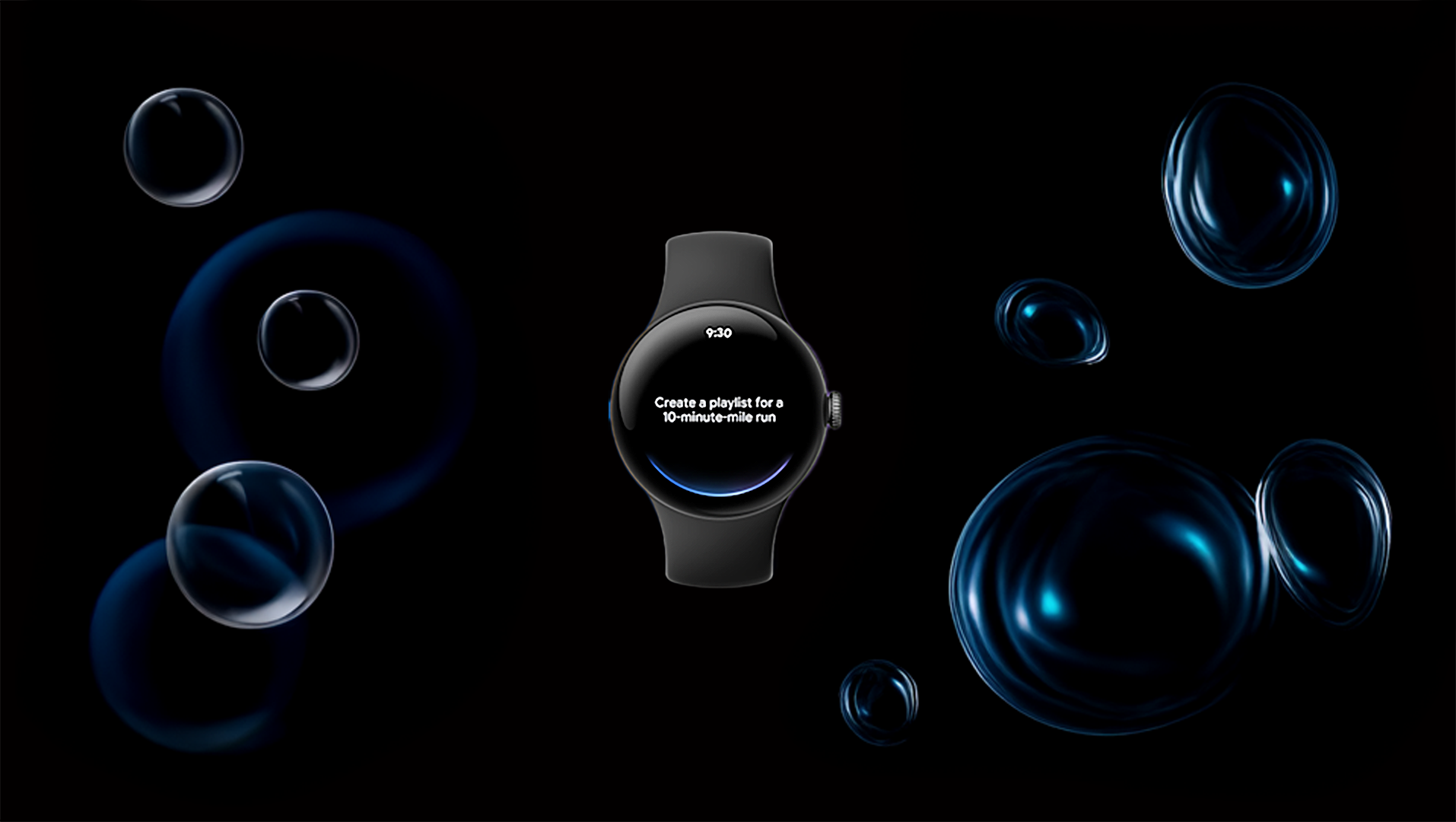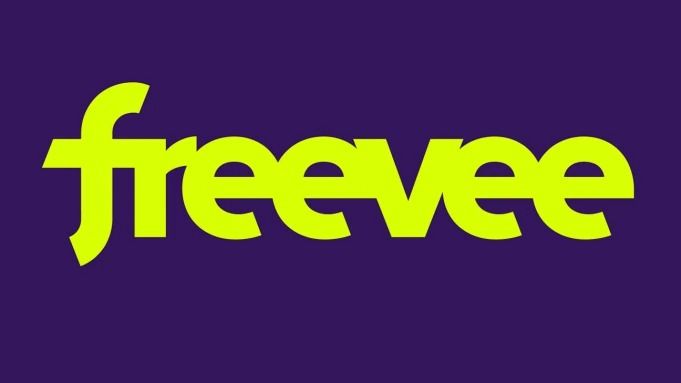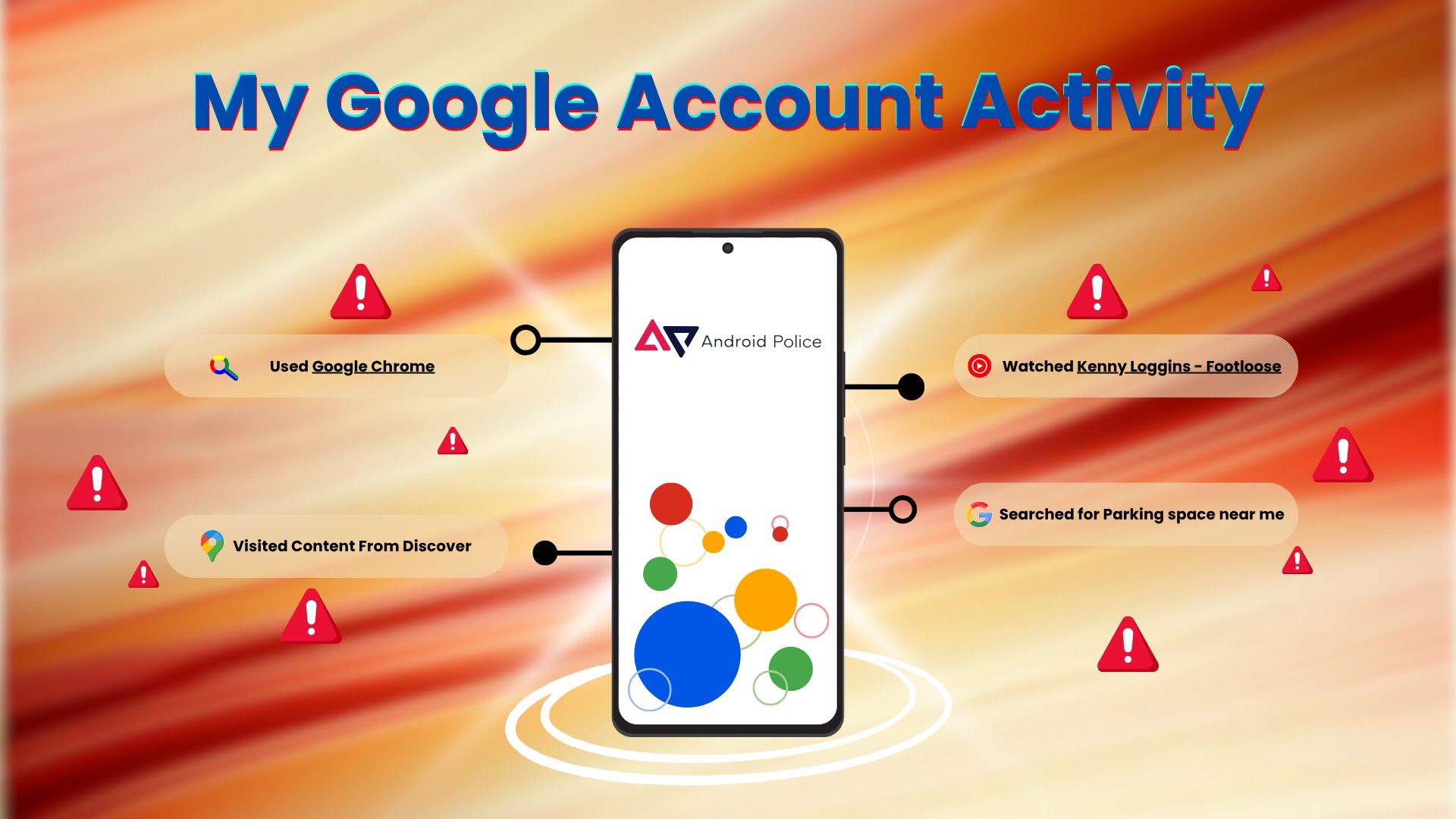Google is a master archivist when it comes to everything about you. Through its immense ecosystem of products and services, the Big G has eyes on almost everything you do on your phone, tablet, smartwatch, and Google TV-powered smart TV.
It’s convenient not to have to remember your Gmail login or recent Maps searches. However, the flip side of the coin feels less like “helping hands” and more like “invasion of personal everything.” Is there a way to strike a balance between Google’s data-pooling and your privacy and comfort? Yes, but it pays to understand the greater scope of this debacle.
What does Google track, and how?
Over the years, Google has sharpened its data-collection spear to such a fine point that no prey can escape. Hyperbole aside, the mega-tech company has a massive lineup of apps and services (for example, Google Search, Chrome, and YouTube) that provide a seamless and personalized experience based on you.
Web browsing and app usage are two classic tracking methods Google uses, which cover everything from search engine queries and the sites you visit to the voice commands you issue to your Google smart speaker. YouTube is also highly adept at keeping tabs on the types of videos you enjoy and how long you watch them.
Through software like Maps, GPS technology, and cell towers, you’d be surprised at how accurately Google can pinpoint your location. Tools like Gmail, Google Calendar, and Google Photos act as an itemized past, present, and future of your life that Google can study.
The good: An optimized and personalized user experience
We don’t want you to think that Google is out to get us because that’s not the case. Data tracking and cataloging allow Google to understand you better, paving the way for a custom-feeling Google UI across multiple channels. It’s hard to deny the convenience of watching a YouTube video, and then having a similarly themed video autoplay as soon as the original content ends.
Like many big tech companies, Google employs user data to enhance and improve various Google services, including AI tools. Sometimes, it’s not so bad seeing the occasional ad tailored to the kinds of products and services you like to use or frequently search for.
It also requires many ones, zeroes, and developer labor hours to seamlessly sync your Google history and workflows across multiple devices, a feat made all the more possible by giving Google access to user data.
The bad: Digital eyes and ears all over the place
Too much of a good thing can devolve into something not-so-pleasant. It can be unsettling to think of a monolithic corporate entity knowing a lot about you, especially when your Chrome web browser turns into an ad-heavy shopping center for all things Google and Google-adjacent.
You may have heard about one or two companies being the targets of significant data breaches. Even Google can fall victim to breaches, as recently covered by PCMag. It’s one thing for Google to have its hands on your when, where, and how, but when malevolent entities are privy to all things you, the results could be dire (think account hacks and financial ruin).
Also, it doesn’t feel good (unless you’re lost in the woods) when big tech has a good idea of your current whereabouts, down to the latte you ordered and how it fits into your fitness plan for the month.
Take control of what Google sees and hears
If you want to pull back the curtain on Google’s data-tracking operations, the company is transparent about certain aspects of its practices. For instance, you can visit Google’s My Activity page to see how Google tracks your activity across your device ecosystem. From this main dashboard, you can change some of these settings in the Activity Controls menu.
For a complete breakdown of Google’s microscopic lens on your activity, use Google Takeout to download a full data report, which covers everything from Google Drive and Gmail to YouTube and Google Photos. Furthermore, you can use alternative tools (such as browsers like Firefox and Opera or search engines like Ecosia and DuckDuckGo) to stay off Google’s radar more actively.
User data is precious
We want the best and most intuitive user experience our devices, apps, and browsers can deliver, but that shouldn’t come at the cost of our data footprint being neveropend. While Google does an adequate job of letting you take some of the power back (at least in terms of specific tracking settings), there are ways you can safeguard your data.
Take a look at our roundup of the best VPNs of 2025. We also have a list of the 10 Android security settings you should change right now, which fits nicely into the Google-adjacent camp.









